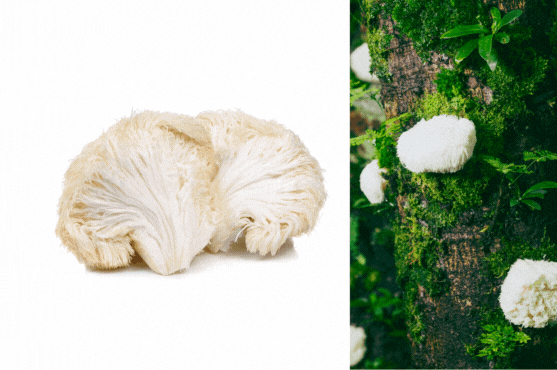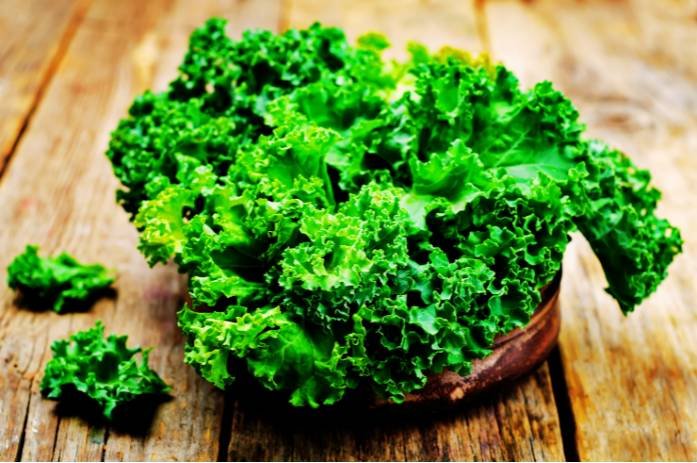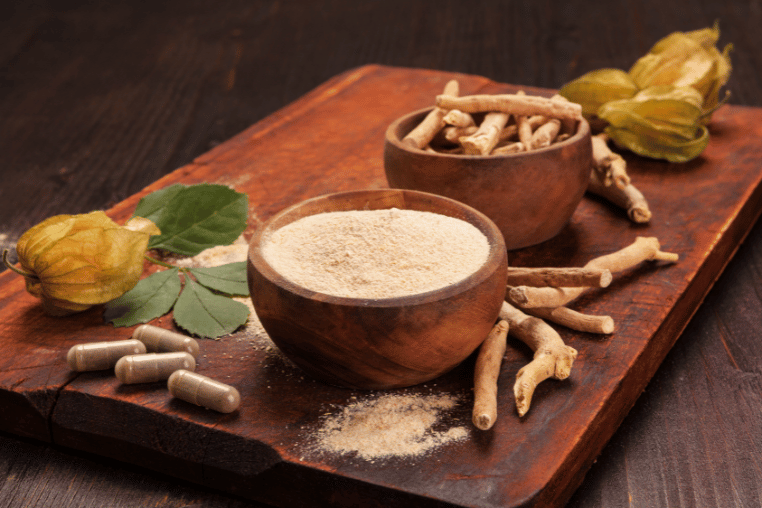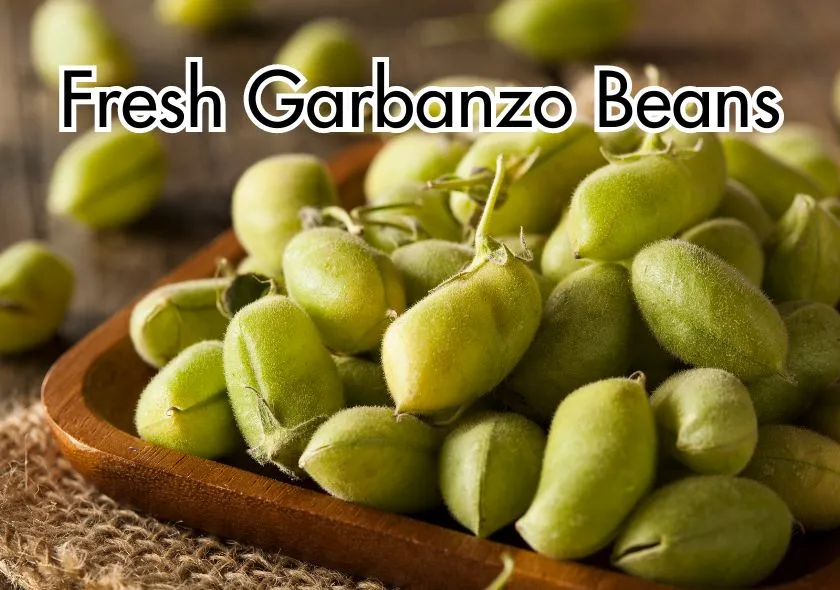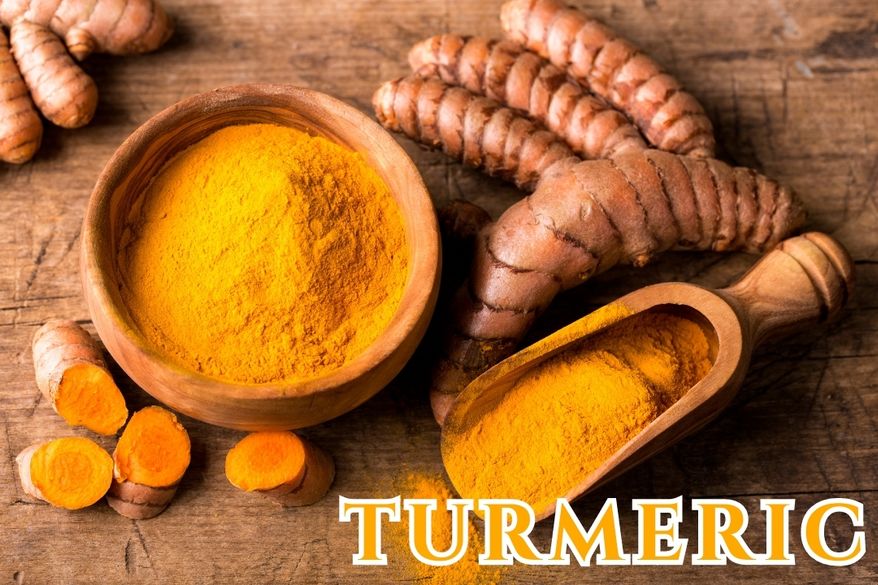Listen to this article
What is TAT Mushroom?
The tat mushroom, also known as “Tatteg,” is an edible fungus. It’s found in forests and can also be grown for food. The tat mushroom is known for its potential health benefits and is studied for its nutritional value and possible medicinal properties. It’s often used in cooking and can be incorporated into various dishes.
Importance of exploring its potential
Exploring the potential of the tat mushroom is important because it can lead to valuable discoveries about its nutritional content and health benefits. By understanding its properties better, we can improve diets and promote better health.
Additionally, studying the tat mushroom could uncover new culinary uses, leading to innovative recipes and food products. Furthermore, it may have economic benefits by creating opportunities for cultivation and trade. Overall, exploring the potential of the tat mushroom can contribute to enhancing nutrition, health, and economic growth.
Historical Background
The tat mushroom boasts a rich historical legacy spanning centuries, deeply ingrained in various cultures worldwide. Ancient civilizations, such as the Egyptians, Greeks, and Romans, cherished mushrooms for their flavor and medicinal potential. In Asian traditions, including Chinese and Japanese, mushrooms like the tat mushroom were revered for their therapeutic properties and culinary versatility, adding a savory depth to dishes.
Over time, mushrooms, including the tat variety, were harvested from forests and cultivated for consumption and trade, holding cultural significance in rituals and folklore. Modern scientific research has further explored their nutritional and medicinal benefits, revealing their potential for enhancing nutrition, health, and economic prosperity. This historical journey underscores the enduring value of the tat mushroom across time and cultures.
Nutritional Value and Health Benefits
The tat mushroom, much like other mushrooms, packs a punch in terms of nutrition and potential health benefits. With low calories and fat content, it’s packed with essential nutrients like vitamins, minerals, and antioxidants. Tat mushrooms offer a good dose of protein, fiber, vitamins B and D, and minerals such as potassium, selenium, and copper, crucial for overall health, immune support, and bone and skin health.
Additionally, they contain bioactive compounds like polysaccharides and phenolic compounds, known for their antioxidant, anti-inflammatory, and immune-boosting properties. Adding tat mushrooms into your diet can be a smart move for enhancing overall well-being and reducing the risk of chronic diseases like heart disease, cancer, and diabetes.
Culinary Applications
The tat mushroom’s versatility in culinary applications stems from its adaptable flavor and texture. It enhances dishes when sautéed with vegetables or proteins, grilled, roasted, or baked for a rich taste.
Adding depth to soups, stews, and sauces, tat mushrooms imbue a savory umami flavor. They’re also ideal for pickling, marinating, or topping pizzas, sandwiches, and salads, elevating their taste profiles. This mushroom’s flexibility makes it a cherished ingredient worldwide, inspiring diverse and flavorful cooking possibilities.
Economic and Environmental Impact
The tat mushroom significantly impacts both the economy and the environment. Economically, its cultivation generates income and employment opportunities, particularly in rural areas. Furthermore, the growing demand for tat mushrooms stimulates investment in cultivation techniques and infrastructure, fostering economic growth. Environmentally, tat mushroom cultivation can be sustainable, utilizing agricultural waste as substrate and minimizing its environmental footprint.
Additionally, mushrooms contribute to soil health by decomposing organic matter. However, challenges such as limited consumer awareness and environmental concerns persist. Addressing these challenges through education and sustainable practices will ensure that the economic and environmental impact of tat mushroom cultivation remains positive.
Research and Innovation
Continual research and innovation are pivotal in fully realizing the potential of the tat mushroom. Scientists research into its nutritional makeup, medicinal qualities, and culinary versatility, aiming to grasp its impact on human health and cuisine.
Through hard study, novel bioactive compounds with antioxidant and anti-inflammatory properties are uncovered, offering promise for pharmaceutical and nutraceutical development. At the same time as, chefs and food scientists experiment with innovative culinary applications, from meat substitutes to gourmet creations, driving culinary evolution.
Furthermore, investigations into cultivation techniques and sustainable farming practices seek to enhance yield and quality while minimizing environmental footprint. Investing in research and innovation can maximize the tat mushroom’s benefits, fostering better health, economic prosperity, and ecological sustainability for future generations.
Challenges and Solutions
Challenges in exploring the tat mushroom include limited scientific understanding, environmental impact, economic barriers for farmers, and consumer awareness. To tackle these, increased research collaboration can enhance knowledge.
Sustainable farming practices reduce environmental harm. Providing support and resources aids small-scale farmers. Education campaigns raise consumer awareness. These solutions can overcome obstacles, unlocking the tat mushroom’s full potential for health, sustainability, and economic growth.
FAQs
1. What are the nutritional benefits of tat mushrooms?
Tat mushrooms are packed with essential nutrients like vitamins, minerals, and antioxidants. They are low in calories and fat but high in protein, fiber, and vitamin D. Incorporating tat mushrooms into your diet can support overall health and well-being.
2. How can tat mushrooms be used in cooking?
Tat mushrooms are incredibly versatile and can be used in a variety of dishes. They can be sautéed, grilled, roasted, or pickled to enhance their flavor. Tat mushrooms are commonly used in soups, stews, stir-fries, salads, and pasta dishes, adding depth and richness to meals.
3. Are tat mushrooms environmentally friendly?
Yes, tat mushrooms are environmentally friendly as they require minimal land and water for cultivation. They can be grown using organic practices and renewable resources, reducing their environmental impact.
4. How can consumers overcome barriers to adopting tat mushrooms?
Education and awareness are key to overcoming barriers to adopting tat mushrooms. Consumers can learn about the nutritional benefits of tat mushrooms and how to incorporate them into their diets.
Conclusion
In conclusion, the tat mushroom stands as a remarkable resource with vast potential for nutrition, health, and economic development. Its rich historical background, coupled with ongoing research and innovation, underscores its significance in the culinary and medicinal realms. Despite challenges, solutions such as sustainable farming practices and education initiatives pave the way for harnessing its benefits effectively.
Promoting the cultivation and consumption of the tat mushroom can lead to a healthier, more sustainable future. By recognizing its versatility, we can explore its full potential through collaboration and innovation. This extraordinary fungus has much to offer, and with ongoing exploration, we can enrich lives and communities worldwide.

Passionate & Certified Nutritionist
A seasoned nutrition specialist dedicated to empowering individuals through personalized dietary guidance. Committed to fostering healthier lifestyles, providing tailored meal plans, and offering evidence-based nutritional advice. Passionate about promoting overall well-being by translating complex nutritional science into practical, sustainable strategies for improved health.
